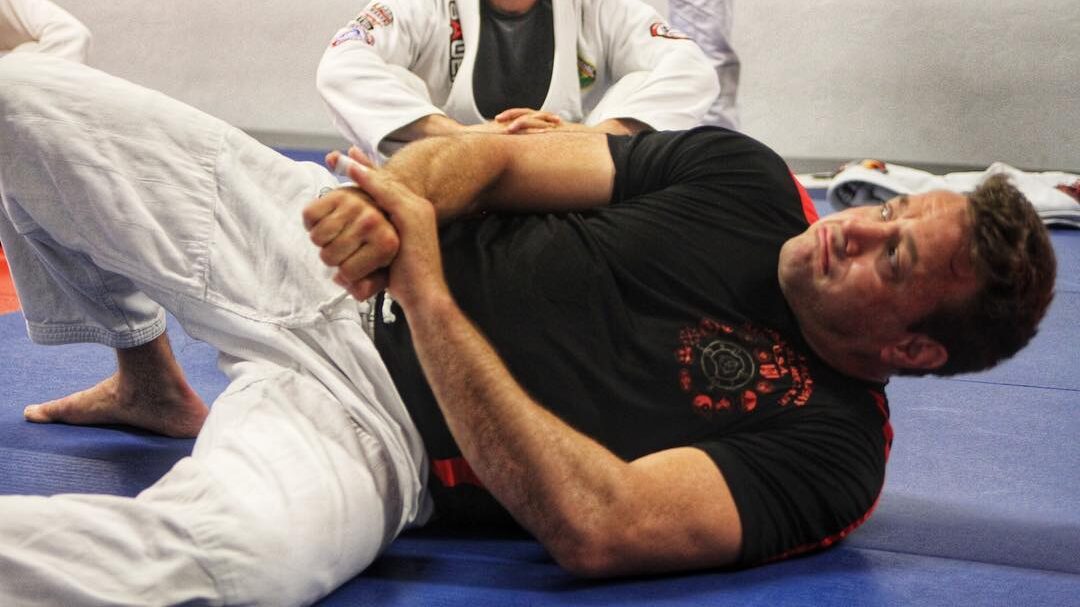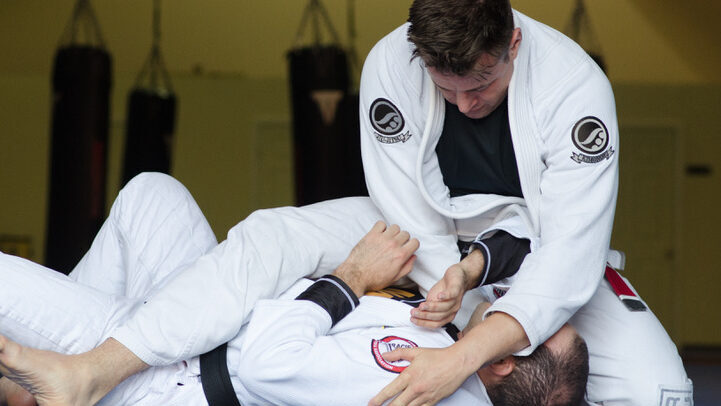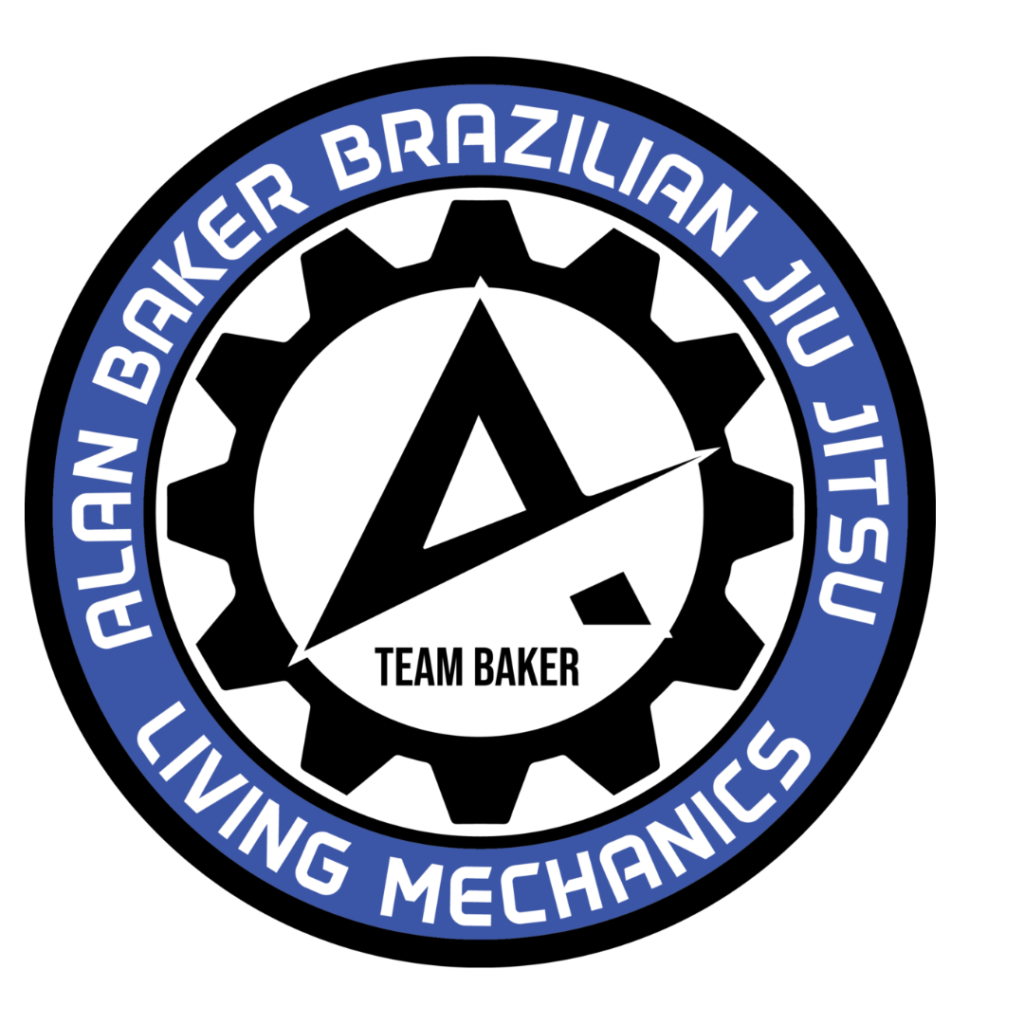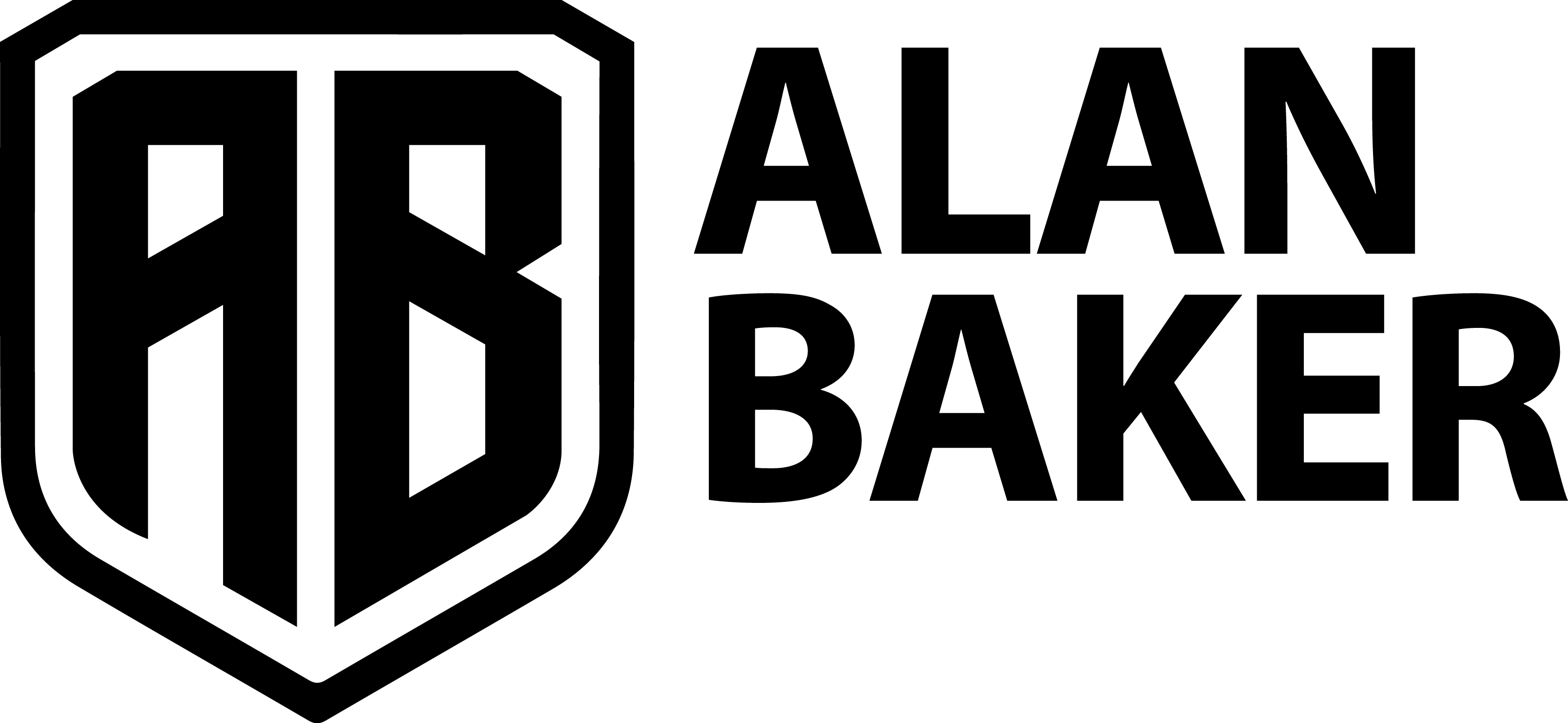Exploring the intricacies of the human machine is a perpetual journey that extends throughout one’s life. The field of physical sciences, encompassing physical education, is an indispensable discipline for every individual. One specific area within this realm pertains to the physical mechanics of the human body or understanding the most efficient ways to employ our physical capabilities in diverse situations. This knowledge transcends specific activities, proving beneficial whether one is engaging in martial arts or pushing a stalled vehicle. By acquiring a deeper understanding of the optimal use of the human machine, we can boost our performance and sidestep potential injuries, enhancing not just our physical but overall well-being.

I am fortunate to have delved into the intricate mechanical science of the human machine via an array of martial arts disciplines throughout the years. These have served as diverse platforms, each offering unique insights into the kinetic capabilities and constraints of the human form. Some of the standout disciplines that have significantly contributed to my understanding include Chinese Boxing, with its emphasis on Skeletal alignment and unitary movement, and Chinese Kung-Fu’s focus on developing the primary centers of the body.
But the most profound impact on my study of human mechanics has come from the training environments of the grappling arts, notably Submission Wrestling and Brazilian Jiu-Jitsu. These martial arts take the study of human mechanics to new depths, as they involve a unique interplay of force, leverage, balance, and strategy. The intense, up-close nature of these forms emphasizes the effective use of one’s body to control and overcome an opponent. This knowledge and experience with these martial arts have been pivotal in shaping my understanding of the human machine’s functionality, efficiency, and potential.
A principle that remains consistent across all these disciplines is what I’ve come to refer to as the “Core Mechanics” concept. This term encapsulates the idea that the most robust momentum or energy generation emanates from close to the body’s center and can then if required, be conveyed outwards through the limbs. Keeping this principle in mind, it becomes evident that the more comprehensive your understanding of the “core” or torso’s articulation, the more adept you will be at generating and disseminating momentum or power. This understanding includes minor articulations of the hip and shoulder joints and the diverse movement angles of which the spine is capable. Kung Fu offers an incredibly detailed and systematic exploration of these mechanics, significantly enhancing our knowledge of the dynamic capabilities of the human machine. Then the grappling environments provide an excellent opportunity to employ this information. My initial exposure to these detailed concepts was in the context of Kung-Fu, which I found immensely valuable when applying them to the grappling environments I was training.

Diving deeper into this “Core Mechanics” concept, I discovered that my dependency on the hands and arms diminished significantly across all training environments. This wasn’t to say that I discarded them altogether, but I learned to harness the central powerhouse of the body more efficiently, thereby lessening the burden on the appendages.
This understanding later translated into a substantial decrease in limb injuries, particularly during the execution of highly dynamic movements. This concept also permeated the tactical training realm of my business, serving as a significant pillar in my instruction.
For novices starting their journey, the infusion of this principle into their training regimen made a world of difference. Their defensive abilities against more seasoned practitioners were markedly improved, leading to a noticeable surge in their overall performance.
Moreover, the principle extended benefits beyond mere combat efficiency. It fostered an increased ability to maneuver under pressure for both myself and my students. The adversary was now met with a more significant challenge to suppress and control movements, as the core became the primary driver of actions rather than the more predictable limbs.
This enhanced capacity to withstand and navigate opponent pressure directly resulted from the elevated effort required from the opponent to restrain these central, power-packed motions. Thus, the more adept one becomes in manipulating these “core mechanics,” the more formidable and elusive they become to their training partners.

For me, this exploration sparked a significant shift in how I approached and conveyed the fundamental aspects of creating space and executing movements while grounded. The quintessential techniques of bridging and shrimping, often employed in ground-based martial arts, were reconsidered, scrutinized, and significantly revamped.
This approach was far from a smooth journey. It revealed gaps in the information landscape and the patchy spots in the curriculum of body mechanics. These gaps served as stepping stones, inviting further research and stimulating the enhancement of our existing knowledge.
This iterative process, powered by my team’s deep curiosity and relentless pursuit of refinement, sowed the seeds for what eventually blossomed into the “Living Mechanics” curriculum. What started as a comprehensive re-evaluation of standard ground techniques gradually morphed into a dynamic, ever-evolving program of study delved deep into human body mechanics.

Alan Baker specializes in designing customized Defensive Tactics Programs tailored to the specific needs of law enforcement agencies, security firms, and military organizations. With a focus on practical techniques, scenario-based training, and adaptability to real-world situations, Alan can develop comprehensive training programs that enhance the skills and preparedness of personnel. If you are interested in connecting with Alan or booking his services, please visit our website at https://bakertacticaldesign.com or reach out to him directly through LinkedIn. Elevate your organization’s defensive capabilities with Alan Baker’s expertise and experience.

